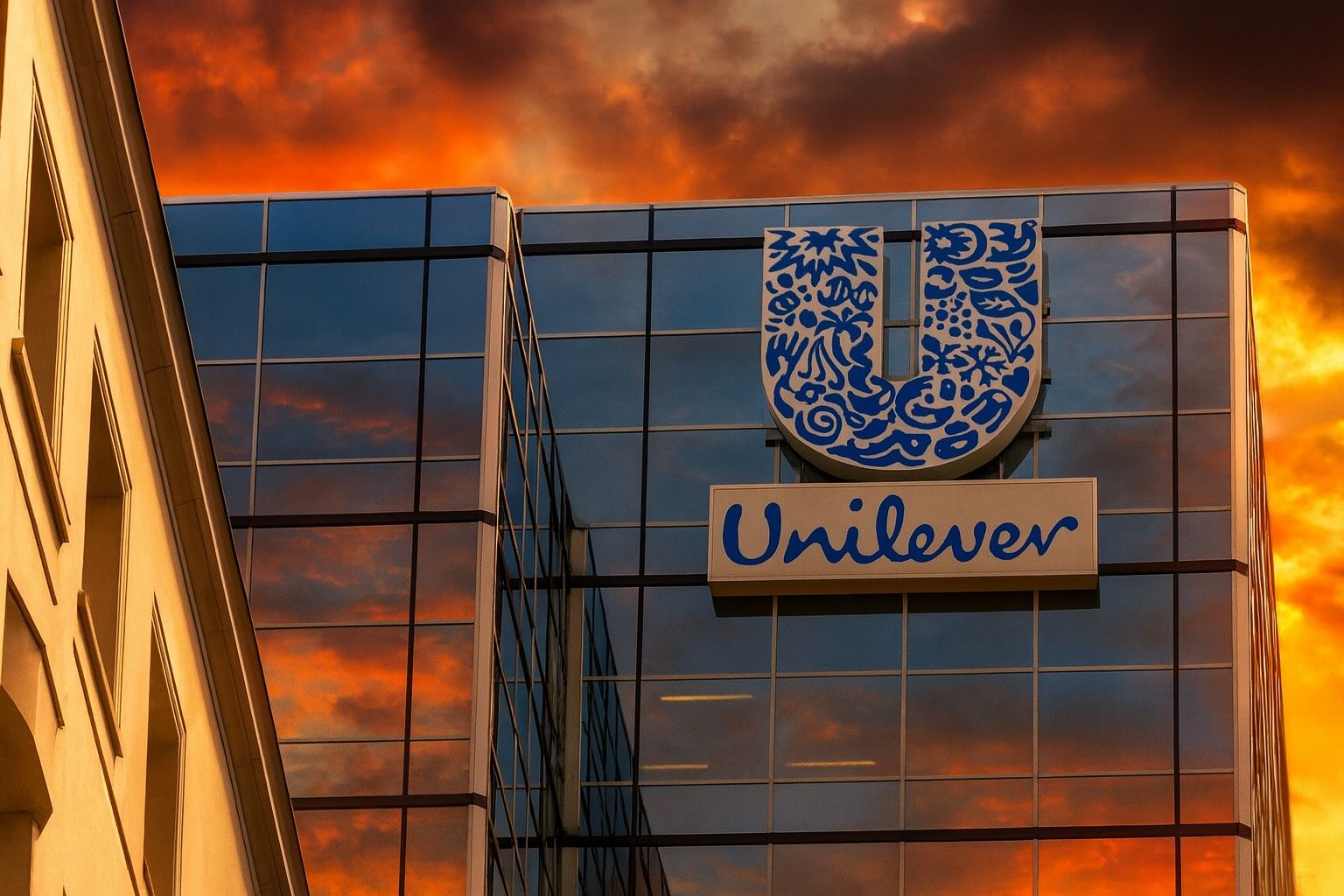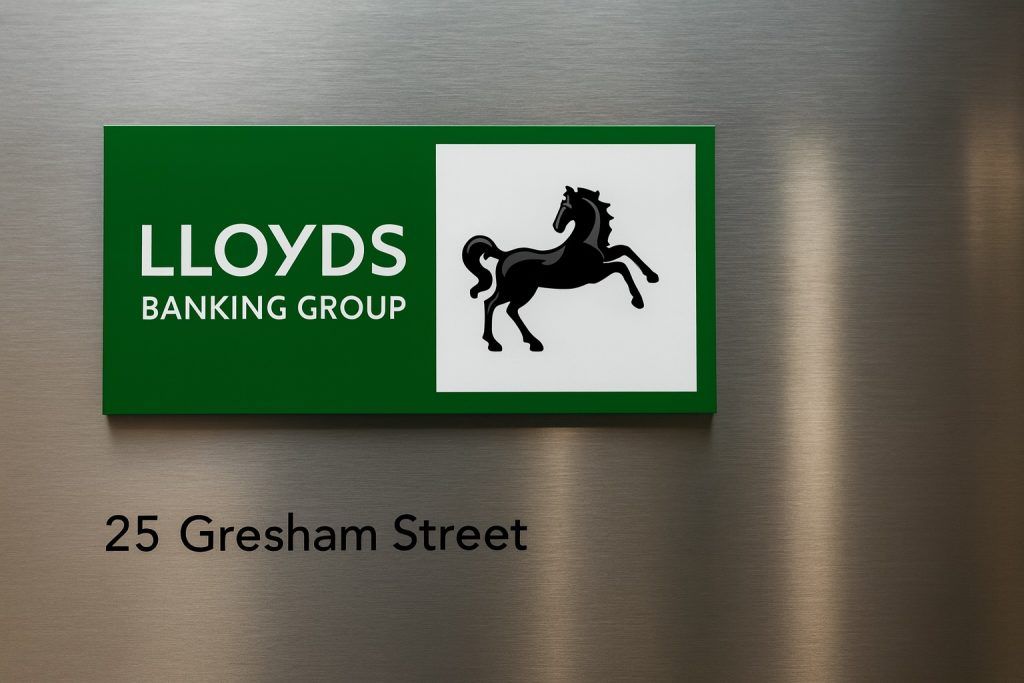- Q2 results beat estimates: HUL’s consolidated net profit rose ~4% YoY to about ₹2,690 crore in July–September FY26, thanks in part to a one-off tax gain [1]. Revenue grew ~2% to ~₹16,060 crore [2]. Underlying sales grew ~2% even as volumes were flat, reflecting temporary GST-related disruptions and an extended monsoon [3]. The board declared an interim dividend of ₹19 per share for FY2025-26 [4].
- Stock rally: HUL’s share price jumped nearly 3% on October 23 after the earnings were released, touching an intraday high of ₹2,667 on the NSE [5]. The broader FMCG index also gained ~1%, with peer stocks like Colgate-Palmolive (India) and Marico up ~2% [6].
- Management view: CEO Priya Nair said HUL delivered a “competitive performance” despite short-term disruptions, and called the GST rate cuts a “positive step” that should eventually bolster consumption [7]. She added the company will “accelerate our portfolio transformation” and focus on volume-led growth going forward [8]. HUL’s management expects the second half of FY26 to outperform the first, maintaining EBITDA margins at current levels to fund growth [9].
- Analysts’ take: Technical and brokerages are upbeat. Anshul Jain of Lakshmishree Investments notes that HUL’s share has “successfully retested” a key base around ₹2,512, indicating strong buying momentum; if it holds above ₹2,600, he sees a fresh rally toward an initial target of ₹2,800 [10]. Brokerage Nomura remains bullish as well – it forecasts ~11% EPS CAGR through FY28 and has a price target of ₹2,900 on HUL (about 16% above the then-current level) [11].
- Market context: TechStock² (ts2.tech) reported that Indian markets were buoyant on mid-October festival trading days, with HUL among notable gainers [12]. Analysts point out that HUL’s valuation (~55× forward earnings) is in line with its decade average, and that recent GST cuts could revive rural demand in coming quarters [13] [14].
Hindustan Unilever (HUL) is India’s largest fast-moving-consumer-goods company, so its quarterly results are a key gauge of consumer demand. In Q2 FY26, HUL’s consolidated net profit rose 4% year-on-year to about ₹2,690 crore, aided by a one-time tax settlement gain [15]. Revenue grew only 2% to roughly ₹16,060 crore [16], as the company noted a temporary dip in consumption while trade adjusted to recent GST rate cuts and a prolonged monsoon. On a standalone basis, sales were nearly flat at ~₹15,420 crore and standalone net profit was ~₹2,690 crore (up ~3%) [17]. HUL’s underlying sales growth (USG) was ~2% while volumes were flat, as management said trade channels were clearing old inventories at higher tax rates [18] [19].
Despite the modest revenue growth, HUL’s bottom line was lifted by the tax gain: the firm reported an ₹184 crore benefit in Q2 from resolution of prior tax cases with UK authorities [20]. Excluding that one-off, profit after tax actually fell ~4% year-on-year. Operating margins eased as HUL increased marketing and manufacturing investments – Q2 EBITDA margin was 23.2%, down ~90 bps from a year ago [21]. The company’s board declared an interim dividend of ₹19 per share [22], indicating confidence in cash flows.
Stock reaction: HUL shares jumped on the news. Moneycontrol reports the stock spiked nearly 3% intraday on Thursday, reaching about ₹2,667 on the NSE [23]. At one point on Oct 23 it was up ~2.9% on BSE [24]. By late morning it still traded above ₹2,620, significantly outperforming the broader market – the Sensex was up ~0.8% that day [25]. Analysts note that Indian markets were generally strong in the Diwali week; ts2.tech observed that on Oct 17 HUL was among several staples leading a festival rally (alongside Asian Paints, ITC, etc.) [26]. The Nifty FMCG index itself gained ~1% on Oct 23, with other staples like Varun Beverages, Colgate-Palmolive and Marico each up ~2% [27].
Management outlook: HUL’s leadership struck a cautiously optimistic tone. CEO Priya Nair said the company delivered a “competitive performance” despite those transitory disruptions [28]. She hailed the recent GST rate cuts as a “positive step” that will boost consumer spending once normalcy returns [29]. Looking forward, she outlined a strategy of heavy reinvestment and portfolio shifts: “We are determined to accelerate our portfolio transformation by…being bolder in transforming our core brands,” and to invest “disproportionately to scale our high-growth demand spaces,” she said [30]. The management reiterated that lingering GST destocking in October should abate by early November, after which underlying demand may pick up. They expect Q3/H2 of FY26 to be stronger than Q1 and plan to pursue volume-led growth even if raw-material costs keep price hikes modest [31] [32].
Analysts’ views: Market experts echo cautious optimism. Technical analysts see the chart pointing higher: Anshul Jain, Head of Research at Lakshmishree Investments, notes that HUL’s share “successfully retested” a long-term breakout zone around ₹2,512. “If HUL price sustains above ₹2,600, it will likely trigger a fresh leg of the rally with an initial upside target of ₹2,800,” Jain says [33]. Brokerage houses are also upbeat. Nomura, for instance, retained a “Buy” rating on HUL ahead of the results – arguing that recent GST cuts will structurally benefit ~40% of HUL’s portfolio and expecting volume recovery from November onwards [34] [35]. Nomura projects ~11% EPS growth per year through FY28 and has set a ₹2,900 price target on HUL (roughly 16% above pre-result levels) [36]. Given HUL’s premium valuation (about 55× forward EPS, near its 10-year average [37]), analysts note that much depends on near-term demand revival – but overall remain bullish on the longer-term consumption story in India.
What’s next: HUL’s Q2 results and management commentary provide mixed signals. Near-term performance is clearly affected by GST-led trade delays, but both company executives and analysts see these as temporary hurdles. If Nair’s expectations pan out and festive demand revives, HUL may accelerate volume growth in the coming quarters. For now, the stock is consolidating gains; experts believe a decisive break above ₹2,600 could open a run-up toward the ₹2,800–2,900 zone [38] [39]. Investors will be watching closely: HUL is often seen as a bellwether for consumer demand, and any fresh uptick in sales or margins could spur further buying in the stock and related FMCG names.
Sources: Company filings and exchange releases, Moneycontrol [40] [41]; Business Standard [42] [43]; Mint [44]; ET Now (via ANI) [45] [46]; ts2.tech [47]; Upstox [48]. These reports detail HUL’s Q2 results and market reaction, with expert commentary and stock forecasts. All figures are consolidated unless otherwise noted.
References
1. www.moneycontrol.com, 2. www.moneycontrol.com, 3. www.moneycontrol.com, 4. www.moneycontrol.com, 5. www.moneycontrol.com, 6. www.moneycontrol.com, 7. www.moneycontrol.com, 8. www.business-standard.com, 9. www.business-standard.com, 10. www.livemint.com, 11. www.etnownews.com, 12. ts2.tech, 13. www.etnownews.com, 14. www.moneycontrol.com, 15. www.moneycontrol.com, 16. www.moneycontrol.com, 17. www.moneycontrol.com, 18. www.moneycontrol.com, 19. www.moneycontrol.com, 20. www.moneycontrol.com, 21. www.moneycontrol.com, 22. www.moneycontrol.com, 23. www.moneycontrol.com, 24. www.business-standard.com, 25. www.business-standard.com, 26. ts2.tech, 27. www.moneycontrol.com, 28. www.moneycontrol.com, 29. www.moneycontrol.com, 30. www.business-standard.com, 31. www.business-standard.com, 32. www.moneycontrol.com, 33. www.livemint.com, 34. www.etnownews.com, 35. www.etnownews.com, 36. www.etnownews.com, 37. www.etnownews.com, 38. www.livemint.com, 39. www.etnownews.com, 40. www.moneycontrol.com, 41. www.moneycontrol.com, 42. www.business-standard.com, 43. www.business-standard.com, 44. www.livemint.com, 45. www.etnownews.com, 46. www.etnownews.com, 47. ts2.tech, 48. upstox.com







